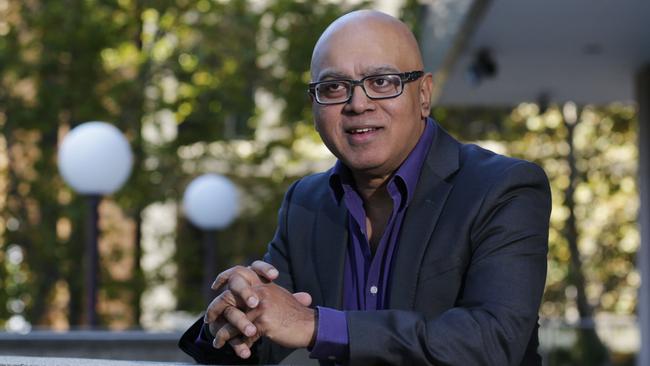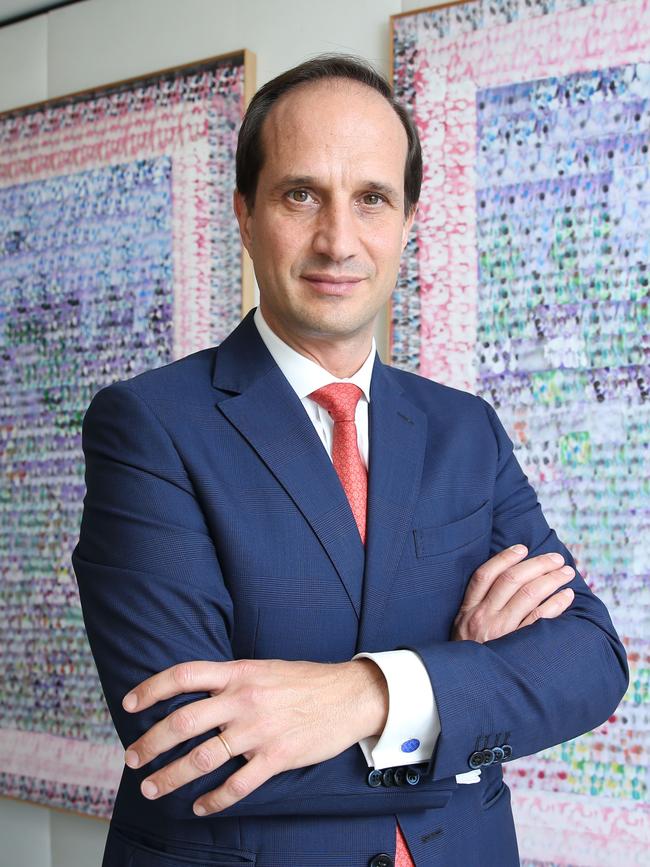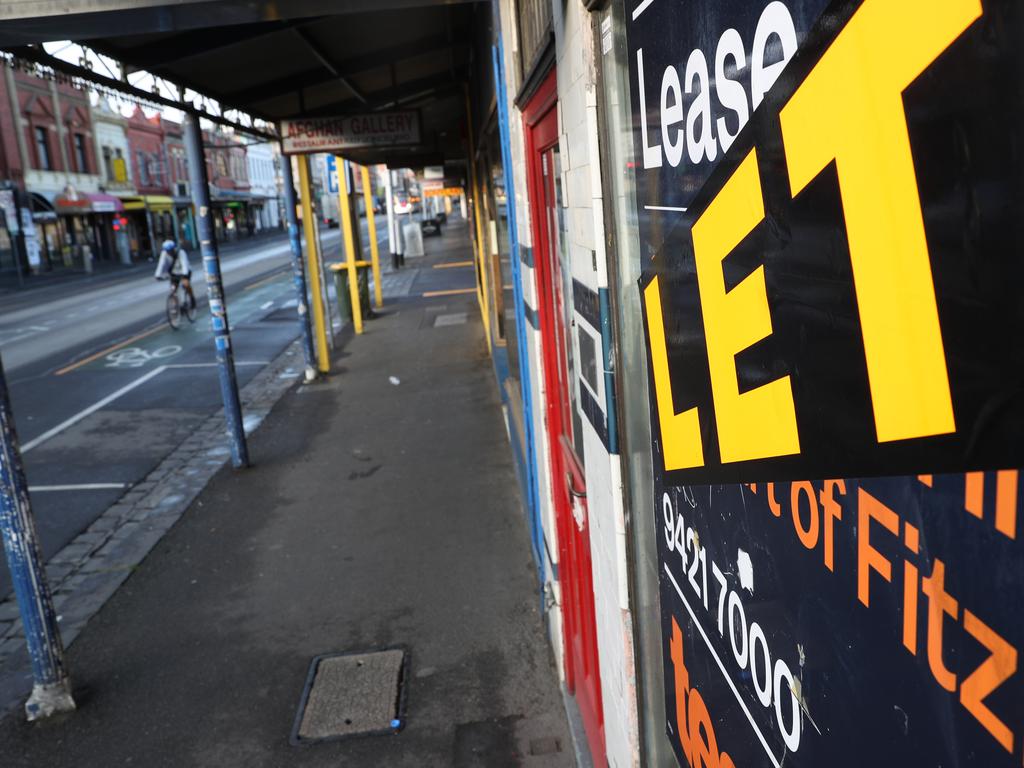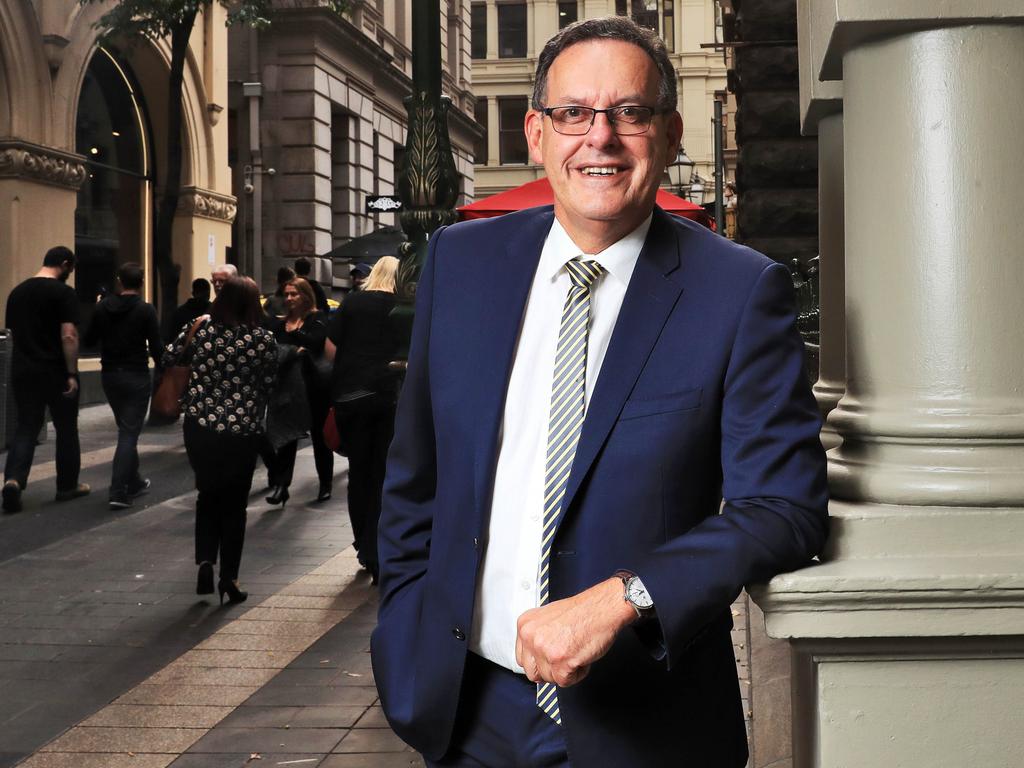
The tone comes from the top, and for a wealth group that has constantly been through the wringer and destroyed shareholder value it’s even more important.
While AMP chief executive Francesco De Ferrari did have culture and behaviour on his strategic blueprint for change, his initial focus was on the big structural changes and the wealth group’s model.
What the events of the last week show is that chief executives cannot take their eye off culture and conduct, as it can quickly lead to issues and reputation damage.

De Ferrari admitted as much to this columnist when he said through history, where financial firms had often gone “fundamentally wrong” around the world, lower ranked employees had known of issues and not raised them. That led to bigger problems.
“Financial services is a conduct risk business. For me, having safety of escalation and trust in the processes is critical,” De Ferrari says.
After the controversy around the promotion of Boe Pahari — who had been financially penalised over harassment — to run AMP Capital, and the exit of Alex Wade from running Australia over sending lewd photos to a female colleague and his conduct, De Ferrari now has to really lean in to the problems.
It’s not only a culture issue either. It’s also a financial one if AMP customers pull funds and relationships, and the company struggles to attract female employees — a big chunk of the talent pool.
AMP is establishing a board culture working group led by Debra Hazelton and a De Ferrari and employee-led inclusion task-force, which has met twice in the past three weeks.
AMP also has appointed a group integrity officer, and an external expert will be tapped to help steer the process.
But it is important that these groups and measures have teeth and change permeates through AMP.
De Ferrari said AMP had defined its sense of purpose and supporting behaviours, meaning executives and staff should know “what good looks like and what good doesn’t look like”.
He should look at the traction Commonwealth Bank is getting since being the pariah of the sector across several years, after the failure of its anti-money laundering systems led to a $700m penalty and the banking regulator did a scathing assessment of its governance and risk culture.
CBA chief executive Matt Comyn — a member of the Male Champions of Change founding group — mandated all staff read the regulator’s governance review and provide feedback to whoever they reported to. That was one of several grassroots measures he saw as important to get the message across and seek cultural improvement, albeit some of the actions were triggered by a regulatory undertaking.
Promontory Australia has done a periodic assessment of CBA under a remedial plan to address the Australian Prudential Regulation Authority’s recommendations. In its eighth report on CBA this week, the assessor says: “While there is much still to be achieved, we have perceived a material change in the attitudes and culture within CBA over the two years since the start of the program.”
Following the revelations at the Hayne royal commission, APRA is more closely scrutinising governance, compliance, conduct and risk culture.
De Ferrari is now saying the right things but as he is acutely aware, execution is key.
“We are committed to our diversity targets and are working hard to get up to where we need to be because ultimately our clients are very diverse and only by mirroring them are we going to be able to drive shareholder value,” he said.
On AMP’s executive team — De Ferrari’s seven direct reports — there is one woman. Head of people and corporate affairs Helen Livesey is the last remaining woman after AMP Life boss Megan Beer moved to buyer of the business Resolution, and several other female executives departed the company.
Razor gang
The laser-like focus on cost reduction is starting to filter back into Australian companies that had to scale up to assist customers at the height of COVID-19 panic.
While major banks and financial groups were scaling up customer-facing roles to deal with the deluge of calls and online engagement, cost targets were put on the back burner.
But that is starting to change, as the realisation sets in that the domestic economy will endure a lengthy recession and COVID-19 will likely be part of the day-to-day landscape for at least another year.
AMP on Thursday cited COVID-19 impacts for slowing its cost-reduction progress. The group said the cost-out program was expected to generate $120m in savings this calendar year.
But it also recommitted to delivering a $300m annual run-rate cost savings by 2022, under a three-year turnaround plan.
CBA had similar observations a day earlier with operating expenses inching up 0.7 per cent for the year ended June 30, on higher staff, technology and compliance costs.
Comyn was quizzed by analysts and said if the pandemic had not occurred the bank “would have been close” to meeting a target for zero cost growth last financial year.
“There is clearly more work to do (on reducing costs).”
National Australia Bank is examining another round of headcount cuts, while ANZ chief Shayne Elliott wants to reduce the bank’s cost base to $8bn by 2022.







AMP has belatedly put culture front and centre in its strategic plans, although the key to any change rests with progress and actions over words and working groups.